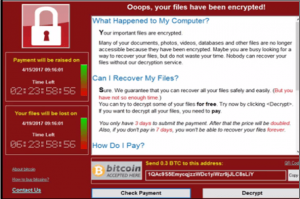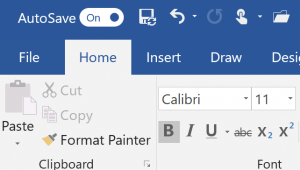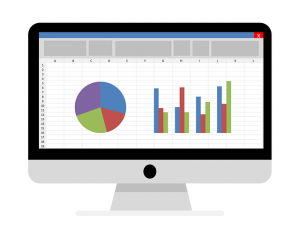How to spot the Spam
I sometimes don’t think we give the Spammers the credit they deserve. After all, by getting you to click on a link, they have executed a well organised and successful campaign. Unfortunately, their intentions are often dishonest and distressing. So just as you are planning your new years’ strategies, and resolutions these scammers are planning and sending out phishing and spam emails. Many of them are very convincing.
Here are a few tips to get you through Spam and phishing jungle.
Log in through Browser to check online accounts.
If you have any doubt that an email is genuine, don’t access your account through your email. Go to your browser, and log into your account in the usual way. If you have telephone banking, ring on your usual number and once through the security checks, you can make enquiries about the email.
If your email claims to be from HMRC, log into your Government Gateway and see if there are any messages or notifications. HMRC will never email you to say there has been a refund on your account.
Know how companies communicate with you
Get to recognise how companies communicate with you. What information does your bank include when they email you, or what information is contained in a genuine Paypal email. When you do get an email claiming to be from them, you can check that the same features are included.
Keep you Malware Protection updated
Ensure you have appropriate malware protection on your PC, phones and tablets. These do more they just find viruses, they will often disable malware before you even get to read it. Products such as F-secure, and Advast will help protect your tech from Malware.
IF IN DOUBT, DON’T OPEN IT. SEEK ADVICE.
- Malware – short for malicious software, is any software used to disrupt computer or mobile operations, gather sensitive information, gain access to private computer systems, or display unwanted advertising
- Phishing – Phishing is the attempt to obtain sensitive information such as usernames, passwords, and credit card details, often for malicious reasons, by disguising as a trustworthy entity in an electronic communication







